Ellsworth’s Cinema of Swords: Samurai Stocking Stuffers
Master Swordsman Hirate Miki (Japan, 1951)
If you’re just getting into watching older samurai adventures movies, you can’t go wrong picking those directed by Akira Kurosawa or starring Toshiro Mifune and/or Tatsuya Nakadai. However, eventually you’ll run through all those, and then where do you look?
Fortunately, in the ‘50s through ‘70s, chambara action films were as common in Japanese movie theaters as Westerns were in America, and a lot of the very best samurai features are available with fairly decent English subtitles. This week we’re going to look at four lower-profile samurai films from the 1950s, the first three of which, though obscure, are well worth the trouble of seeking them out.
Master Swordsman Hirate Miki
Rating: ***
Origin: Japan, 1951
Director: Kyotaro Namiki
Source: Shintoho DVD
This austerely beautiful film tells the tale of the legendary Hirate Miki, a samurai whose pride in his sword skills leads him to ruin. In the 1840s, at the end of the Tokugawa era, at the Chiba sword school in Edo, young student Hirate Miki (So Yamamura) exceeds all his classmates, but the age of the Shogunate is over, nobody needs swordsmen anymore, and finding a place in a prosperous clan depends more on family connections than on ability in the martial arts. Hirate’s social skills lag far behind his skill with a katana, and he’s too proud to curry favor with the wealthy students; though he becomes the school’s leading student instructor, Japanese society no longer values swordsmanship.
Frustrated, he takes to drink, which interferes with his instruction, and worse, brings on the early onset of tuberculosis. But his romantic melancholy attracts the attention of Masuji, a talented independent geisha who also refuses to trade her art for preferment, and together they leave Edo to find success on their own terms somewhere else.
But with Japan’s old social contract fraying, the only place for swordsmen is in the organized crime gangs of the yakuza, and Hirate finds himself reduced to working as a bodyguard and sword trainer for the Sasagawa crime family. His prowess keeps the rival Iioka gang at bay, and a healthy routine in the country air puts his TB into remission, but eventually bitterness sends Hirate back to the bottle and his malady returns. The master of the Chiba school calls on him to return to Edo and Hirate decides that he and Masuji should accept, but the Iioka gang, learning that Hirate’s sickness has made him an invalid, decides it’s time to make their move.
After World War II, under the American occupation, Japanese filmmakers were forbidden to make “violent” movies; this film was produced just as those limitations were loosening up, and so the swordplay, though well represented, is semi-censored: combat is shot from a distance, or the camera cuts away, or tall bamboo boles are sliced down to stand in for the slashing of men. It hardly matters; the final fight in a cemetery between the weak and staggering Hirate and the Iioka yakuza is an early landmark of the genre.
At 62 minutes, it’s short and sweet: the tight screenplay, by Shinobu Hashimoto (Rashomon, Seven Samurai, Harakiri, et al.) makes its point about the value, and futility, of the warrior code of bushido without a word wasted, in perfect harmony with the clean visuals of director Kyotaro Namiki. (For another take on the character of Hirate Miki and the Sasagawa-Iioka gang war, see The Tale of Zatoichi.)
Secret of Naruto (or A Fantastic Tale of Naruto)
Rating: ****
Origin: Japan, 1957
Director: Teinosuke Kinugasa
Source: YouTube streaming video
This intricate samurai spy thriller is based on a story by the celebrated historical novelist Eiji Yoshikawa, and it’s got pretty much everything you want in a chambara tale. It starts with a series of five quick vignettes, each only a minute or so long, introducing the major characters: Ryutaro (Raizô Ichikawa), an arrogant young swordsman; Otsuna (Chikage Awashima), a nimble female ninja; Norizuki (Kazuo Hasegawa), a monk wearing a basket hat who is more than he seems; Yone (Fujkio Yamamoto), out to avenge her father’s death by killing Norizuki; and Chamberlain Waki (Osamu Takizawa), a scheming and ruthless Awa clan official. After that pause to set the stage, it’s right into the action.
In the western province of Awa, across the Naruto Strait, clan leaders secretly plot to unite with other disaffected clans to topple the Shogunate. Imprisoned in a mountain cave, a dying old man writes a letter in his own blood exposing the plans of the Awa — but the Shogunate already suspects something, and Chamberlain Waki receives word that an inspector is being dispatched from the capital to investigate. Waki decides to cover up by ordering the death of the mountain prisoner and by framing another clan leader for the Awa’s schemes, a man whose death will divert government suspicion from the other plotters. But agents of the Shogun have already arrived in the province and are ferreting out the Awa’s secrets, among them the ninja Otsuna, who is the daughter of the dying prisoner on the mountain (and secretly in love with Norizuki, the pretended monk).
This is a handsome film, set mainly in the mountains of Tokushima, and ably directed by Teinosuke Kinugasa (Gate of Hell), who keeps the story moving while missing no opportunity for visual splendor. The ensemble cast is strong, and if no one stands out enough as to draw attention away from the others, there are also no weak performances that break immersion. The characters they play are well-drawn and nuanced, avoiding cliché and caricature, and there are some surprising reversals to trip up your expectations.
There’s plenty of swordplay, including some extended mêlées around the “monk” Norizuki, who turns out to be a total badass when he puts down his basket hat and flute. Plus, there are ninja shenanigans, frustrated love affairs, diplomatic double-dealing, and a surprise ending around that blood-letter MacGuffin everyone chases throughout the third act. Recommended: see if you can find it.
Freelance Samurai (or Demon Hunter Samurai)
Rating: ****
Origin: Japan, 1957
Director: Kenji Misumi
Source: YouTube streaming video
This is a genial samurai adventure in the swashbuckling subgenre of princes separated at birth and then used as pawns in dynastic struggles. Its protagonist is the charming Shinjiro (Ichikawa Raizô), the “lost” co-heir to the Wakagi clan who goes by the moniker Momotaro, the name of the legendary demon hunter “Peach Boy.” An orphan now that his samurai mother has died, Momotaro has in fact come to Edo (Tokyo) to hunt demons and fight injustice, because as he says, he “can’t let outlaws go unpunished.”
When we first see him, Momotaro is playing with some street kids, but almost immediately he comes to the aid of Kosuzu (Michiyo Kogure), a woman being harassed by two out-of-town samurai who accuse her of theft. Kosuzu is taken with Momotaro and attaches herself to him, as does a street rogue named Inosuke the Monkey Man (Shungi Sakai), who becomes his comedy sidekick. (In the legends, Momotaro is always accompanied by animal chums, one of whom is a monkey.)
The story turns darker when Momotaro comes to the aid of Lady Yuri (Yoko Uraji) when she’s assailed by masked abductors. There’s a simmering conflict in the Wakagi clan in which an ambitious councilor is attempting to elevate an illegitimate son of the lord over the true son and heir, Shinnosuke (also Ichikawa Raizô). Yuri is on the side of the real “young lord,” who must travel to the Wakagi’s province to protect his claim — but on the eve of leaving, he’s poisoned almost to death by the villain Hankuro (Seizaburo Kawazu). Momotaro, who’s been brought in by Yuri, realizes Shinnosuke is his long-lost twin brother, and reluctantly decides to act as his stand-in for the dangerous journey to the provinces. (You got all that, right?)
Momotaro, of course, is hot stuff with a katana, though the bad Wakagi are big cheaters who also use firearms, so the odds are frequently against him. The story has just enough twists and reversals in it to keep the plot hopping, plus for spice there’s a romantic tug of war for Momotaro’s heart between good beauty Yuri and bad beauty Kosuzu. This film is an early standout for director Kenji Misumi, who handles all these elements with confidence. Raizô, a former kabuki actor, is expressive and charismatic, and to this day is the subject of a Japanese fan club. Kawazu as Hankuro is a solid villain, but this film is more comedy than tragedy, and you never doubt that Momotaro will win through in the end. Go go Peach Boy!
Samurai Vendetta (or Hakuoki)
Rating: **
Origin: Japan, 1959
Director: Kazuo Mori
Source: AnimEigo DVD
Some regard Kazuo Mori’s tale of a tragic love triangle as a masterpiece of samurai cinema, but I’m not among them. I find Mori’s direction pretentious and haphazard, compelling in one scene and awkward in the next. The visual style switches from natural to overwrought impressionism without warning, which is jarring rather than emphatic. And there’s an over-reliance on narrative voiceovers to move the plot forward or tell us what the characters are feeling when a well-acted dialogue scene would do the job better. That said, with dialogue like, “Ours is a twisted world of warring titans,” maybe we’re better off with the voiceovers.
The film nonetheless has several points of interest. First of all, it’s a prequel of sorts to the Japanese national epic of Chushingura, or the Forty-Seven Ronin, telling the backstory of one of those famous martyrs to the samurai warrior code. Raizô Ichikawa does a fine job as the first male lead in the role of Tangé Tenzen, a dishonored fencing instructor forced to separate from his wife. Even more interesting is the second male lead, one of the forty-seven named Yasubei who’s played by a young Shintaro Katsu, years before his international stardom as Zatoichi the Blind Swordsman. Katsu has the best fencing moves in the picture, plus he gets to weep in the rain and be the only survivor of a scene of horrific slaughter — good training for the future Zatoichi.
Where can I watch these movies? I’m glad you asked! Many movies and TV shows are available on disk in DVD or Blu-ray formats, but nowadays we live in a new world of streaming services, more every month it seems. However, it can be hard to find what content will stream in your location, since the market is evolving and global services are a patchwork quilt of rights and availability. I recommend JustWatch.com, a search engine that scans streaming services to find the title of your choice. Give it a try. And if you have a better alternative, let us know.
Previous installments in the Cinema of Swords include:
The Barbarian Boom, Part 5
Alexandre/Alexander
Musashi and Kojiro
Forgotten Fantasies
More o’ Zorro
Laugh, Samurai, Laugh
Boarding Party Bingo
They Might Be Giants
Mondo Mifune
Swashbucklin’ Talkies
Barbarian Boom Part 6
Valiant Avenging Chivalry
Buccaneers Three
For the Horde!
The Princess Bride Redeems the 80s
LAWRENCE ELLSWORTH is deep in his current mega-project, editing and translating new, contemporary English editions of all the works in Alexandre Dumas’s Musketeers Cycle; the fifth volume, Between Two Kings, is available now from Pegasus Books in the US and UK, while the sixth, Court of Daggers, is being published in weekly instalments at musketeerscycle.substack.com. His website is Swashbucklingadventure.net. Check them out!
Ellsworth’s secret identity is game designer LAWRENCE SCHICK, who’s been designing role-playing games since the 1970s. He now lives in Dublin, Ireland, where he’s a Narrative Design Expert for Larian Studios, writing Dungeons & Dragons scenarios for Baldur’s Gate 3.
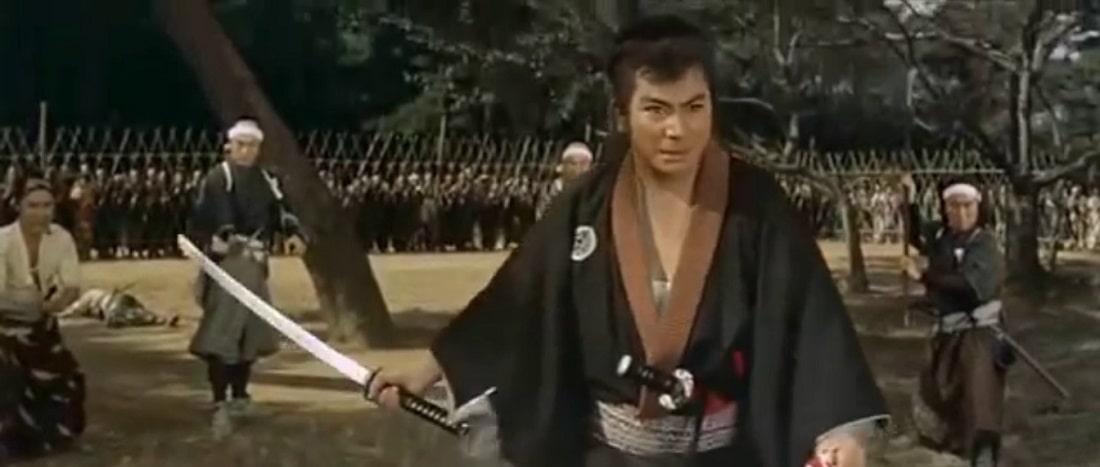
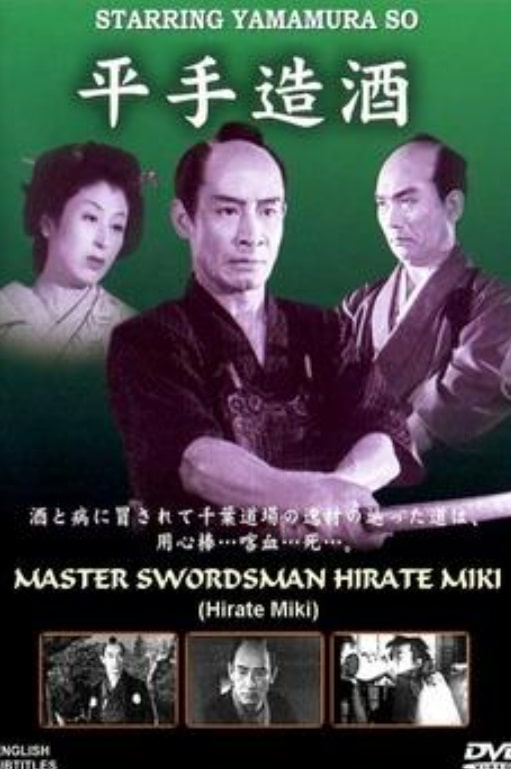
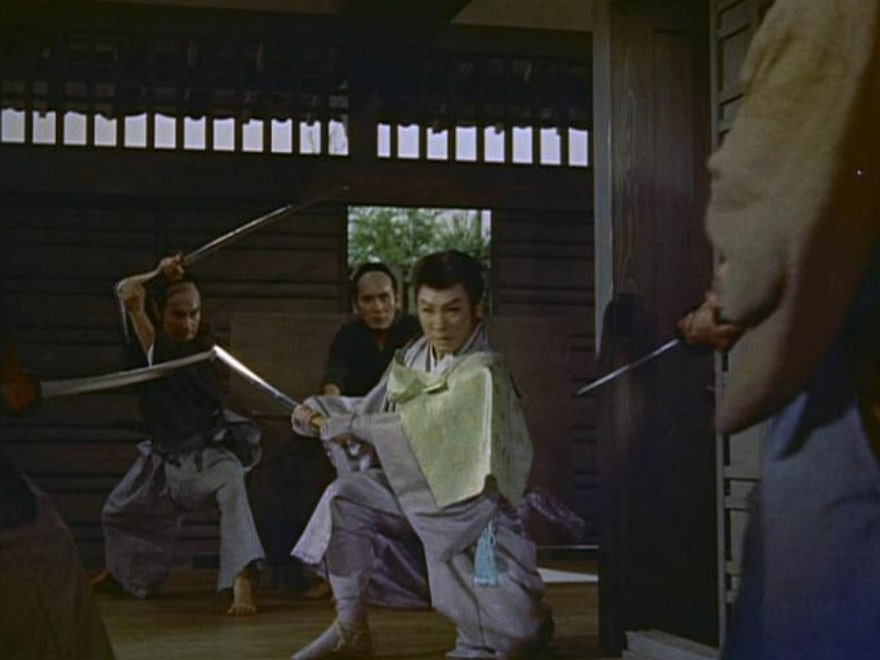
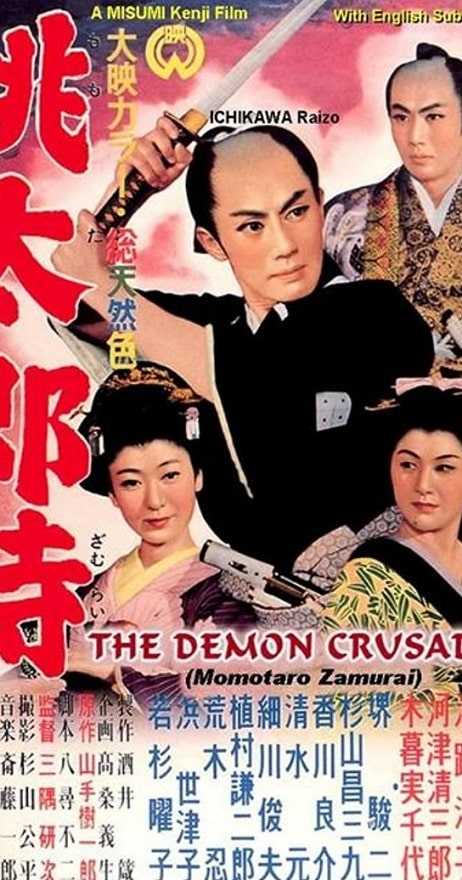
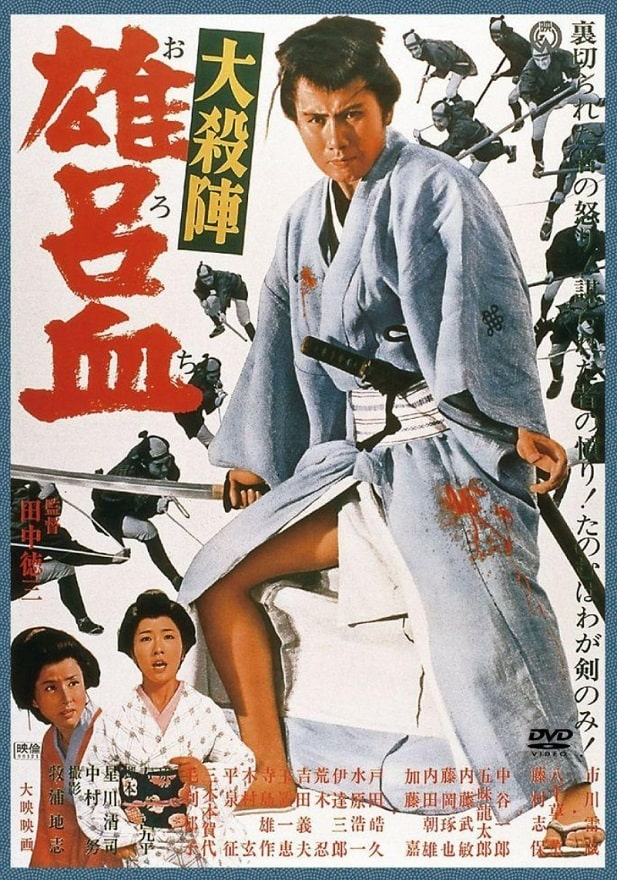
Another Ellsworth’s Cinema of Swords? More Chambara!
I have not heard of any of these three films, but will attempt to remedy that as soon as possible. Thank you again, Mr. Ellsworth, for pointing us to films we might never otherwise even know existed.
Thanks for the post!